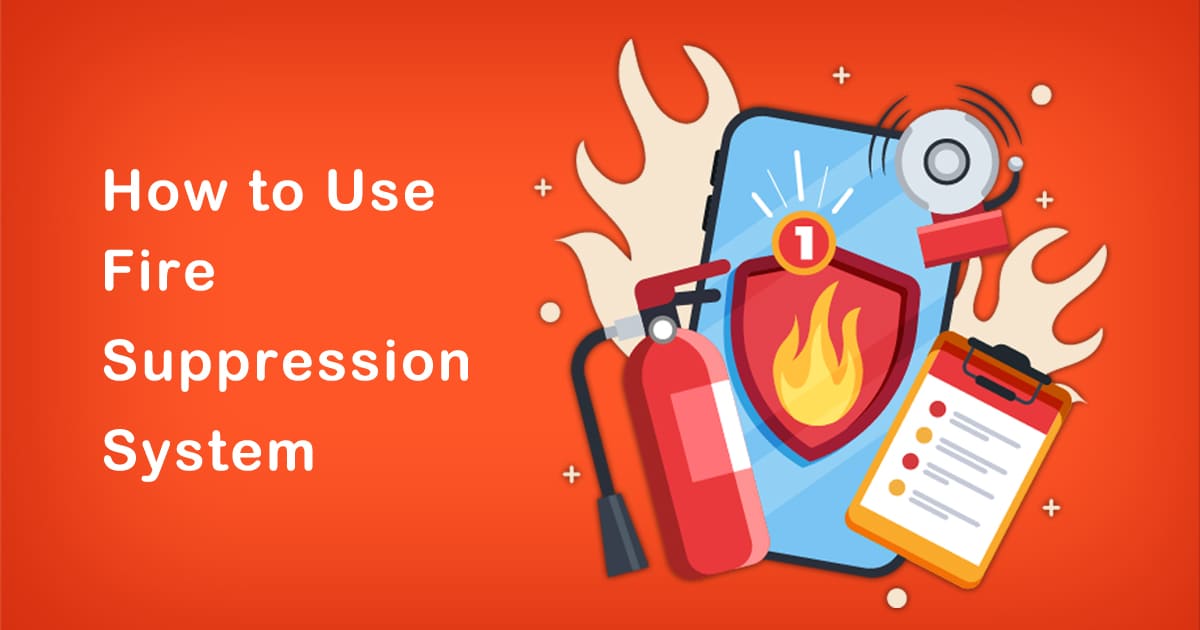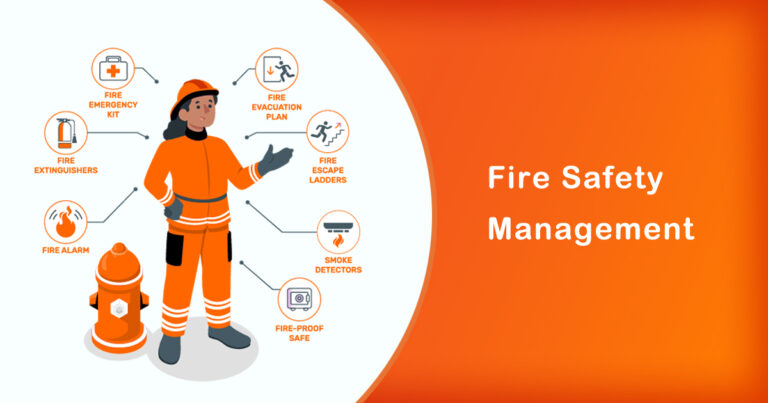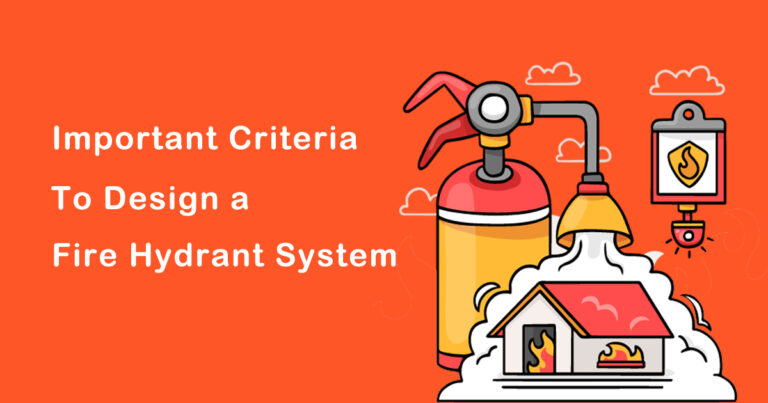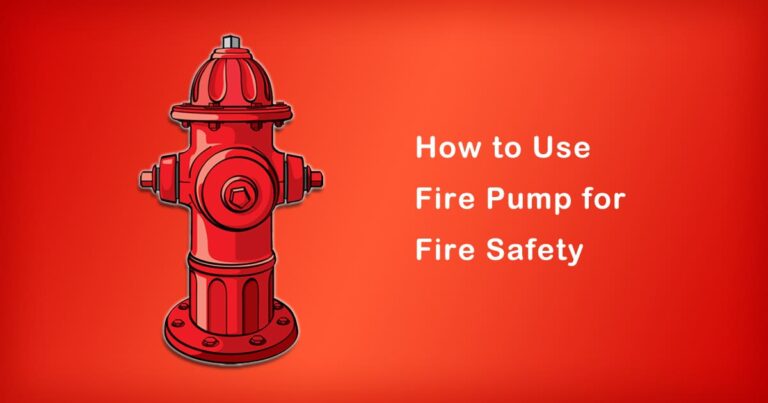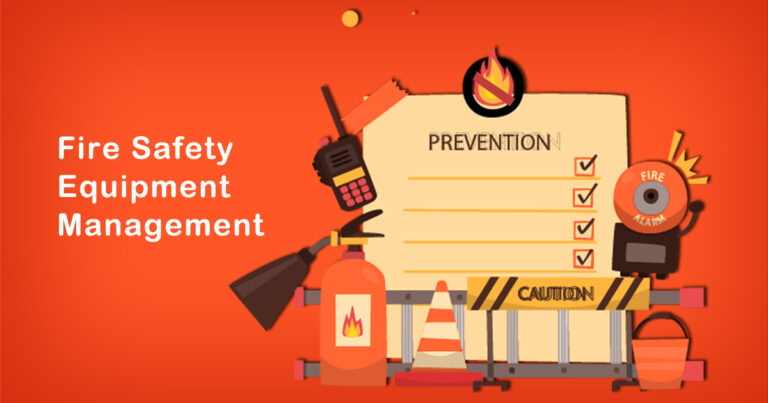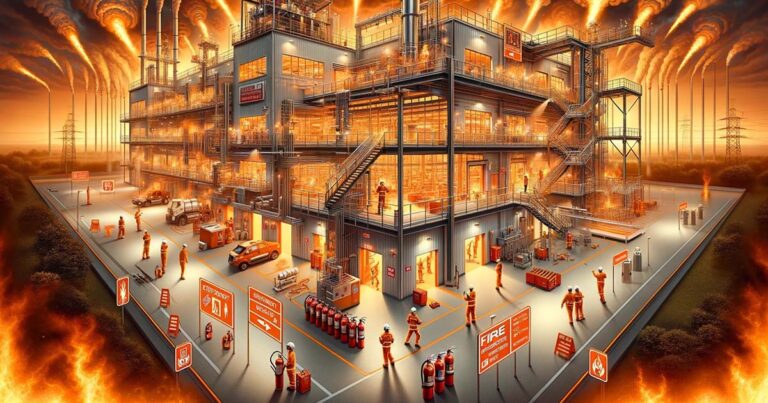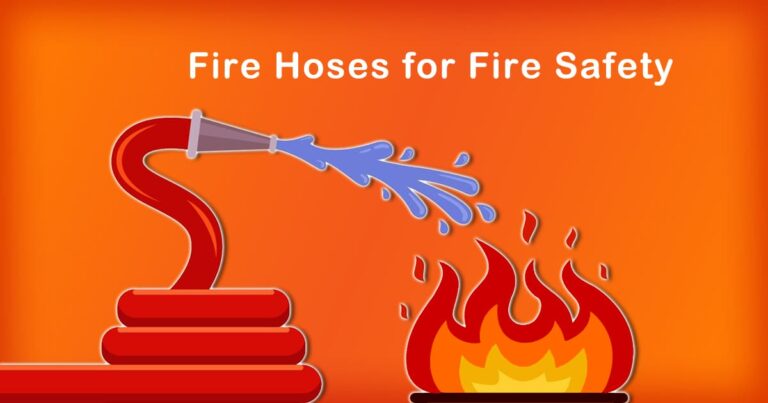Introduction
Fire accidents are a major concern for individuals and businesses alike. Fire can cause significant damage to property and also lead to loss of life. In India, fire incidents have been on the rise in recent years, and it is essential to take proactive measures to prevent and control fires. One such measure is the use of a fire suppression system. In this blog, we will discuss how to use a fire suppression system for fire safety in a step-by-step guide, along with some research and facts to provide a comprehensive understanding of the subject.
What is a Fire Suppression System?
A fire suppression system is a network of devices designed to detect and extinguish fires automatically. These systems typically include fire detectors, control panels, and fire extinguishers. The detectors detect heat, smoke, or flames and trigger an alarm, while the control panel activates the fire suppression system to extinguish the fire. Fire suppression systems are used in various settings, such as residential buildings, commercial buildings, and industrial facilities.
Step-by-Step Guide to Using a Fire Suppression System
Step 1: Choose the Right Type of Fire Suppression System
The first step in using a fire suppression system is to choose the right type of system. There are various types of fire suppression systems available, such as water-based systems, foam-based systems, and gas-based systems. The type of system you choose will depend on the type of fire hazards present in your facility. For example, water-based systems are ideal for controlling fires caused by combustible materials such as wood, paper, and cloth, while gas-based systems are suitable for electrical fires.
Step 2: Install the System Properly
Once you have chosen the right type of system, the next step is to install it properly. It is essential to hire a professional to install the system to ensure that it is done correctly. The system should be installed in accordance with the manufacturer’s instructions and local fire safety regulations.
Step 3: Maintain the System Regularly
A fire suppression system requires regular maintenance to ensure that it is in good working condition. It is essential to schedule regular inspections and maintenance checks to identify and fix any issues before they become a problem. It is also important to train your employees on how to use the system in case of a fire.
Step 4: Respond to Alarms Promptly
In case of a fire, the fire suppression system will trigger an alarm to alert occupants of the building. It is essential to respond to the alarm promptly and evacuate the building. Once everyone is safe, the designated person should activate the fire suppression system to extinguish the fire.
Facts and Research on Fire Safety in India
According to the National Crime Records Bureau (NCRB), a total of 19,290 fire accidents were reported in India in 2019, resulting in 1,347 deaths and 5,799 injuries. These numbers are concerning and highlight the need for proper fire safety measures.
Furthermore, a study by the National Disaster Management Authority (NDMA) found that only 25% of commercial buildings in India have adequate fire safety measures in place. The study also revealed that most fire incidents in commercial buildings were caused by electrical short circuits, and the absence of fire safety equipment was a significant contributor to the damage caused.
Conclusion
In conclusion, fire safety is a critical concern, and the use of fire suppression systems is an effective measure to prevent and control fires. The step-by-step guide provided in this blog highlights the importance of choosing the right type of system, proper installation and maintenance, and prompt response to alarms. Additionally, the facts and research presented highlight the need for improved fire safety measures in India. It is essential for individuals and businesses to take proactive measures to prevent and control fires and prioritize fire safety.


